New Customer?
Create your accountNo products
Prices are tax included
Understanding the power of amplifiers and speakers
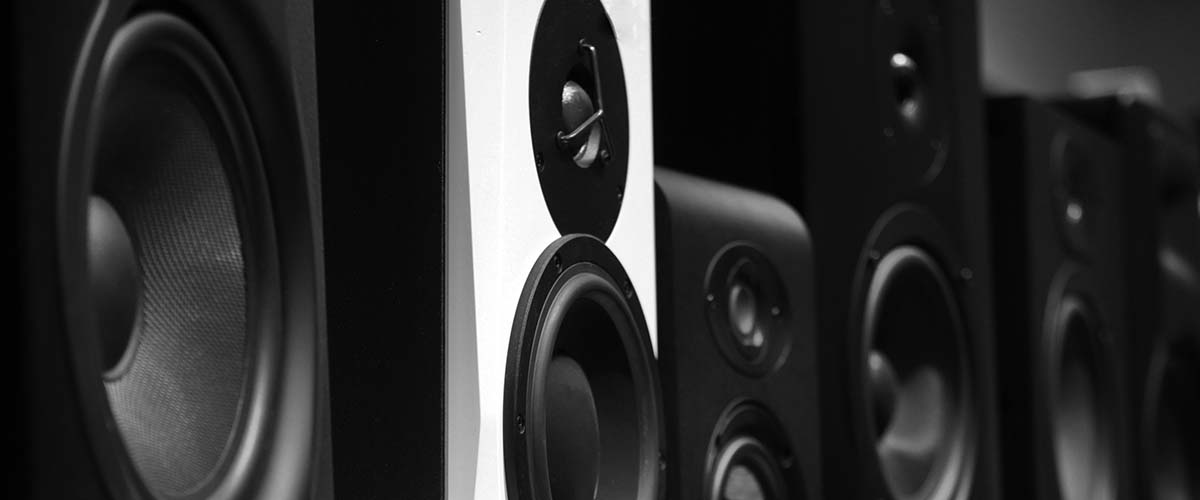
Power in Hi-Fi
Are you having trouble finding your way around the technical parameters of amplifiers and loudspeakers? Watt, impedance, sensitivity, Watt RMS: let's decrypt and explain how to choose the right audio equipment for your Hi-Fi system.
Some essential theoretical definitions
- Watt: this is a unit of power measurement equivalent to 1 joule per second. In other words, it represents the power of a system in which an energy of one Joule is transferred uniformly over one second. In electricity, it therefore represents the power unit of a system delivering or absorbing an intensity of 1 ampere at a voltage of 1 volt.
- Watt RMS: RMS (Root Mean Square) is the reference standard for measuring amplifier or speaker power. RMS power corresponds to the average continuous power supported or deliverable by your Hi-Fi device.
- Peak power: this is often the maximum power supported or delivered by an amplifier or speakers. It is only reached by the audio equipment for short periods when processing high signals.
- Sensitivity: Audio sensitivity is a measure of the volume level delivered by headphones or speakers in relation to a given signal. It is measured in decibels (dB), and shows how easy a device is to "feed". Note that sensitivity is measured on a logarithmic scale.
- Impedance: Impedance is calculated in ohms, and is used to determine the resistance to the incoming signal from an electrical device. According to this rule, the higher the impedance, the more power is required to drive a device.
The difference between power output and power handling capacity
What differentiates the operation of an amplifier from the one of a speaker in terms of power is, of course, that we speak of power output for amplifiers and power handling for speakers. The power handling capacity of a speaker is actually the amount of current that the speaker's diaphragm coil can handle without being damaged.
The link between speaker sensitivity and their power
The sensitivity of a speaker or headphone, measured in decibels, is an important factor in determining the power of your equipment. In fact, this value is a good indicator of determining if your speakers are easy to power or not. For example, speakers with a sensitivity of 92dB will be easier to power than speakers with a sensitivity of 89dB. Since sensitivity is measured on a logarithmic scale, the difference in power required to achieve the same result with 92dB and 89dB speakers is almost doubled. In other words, if you achieve a certain volume with 93dB speakers and a 100W amplifier, and want to obtain the same sound level with 89dB speakers, you'll now need an amplifier capable of delivering 200W of power.
The relationship between power and impedance
The relationship between power and impedance is an important concept. The majority of equipment advertises delivered and admissible power at 4 ohms load, but some equipment operates at 2, 6 or 8 ohms. That's why it's important to understand the relationship between advertised/admissible power in watts and the impedance load of a device. For example, if you pair a 2x 100W amplifier rated at 4 ohms with 4 ohm speakers, you'll get the most out of your equipment. On the other hand, if your 2x 100W amplifier at 4 Ohms is paired with 8 Ohm speakers (which require more power), you'll lose around half the volume output of your Hi-Fi system. It's also important to note that amplifiers are rarely used at maximum power, as this can lead to distortion.
Amplifiers and speakers pairing examples
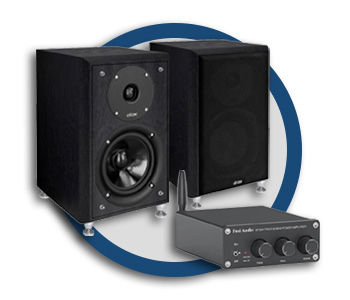
Fosi Audio BT20A 2x90W 4 Ohm + ELTAX MONITOR III 90W 89db 50Hz-22kHz
This combination, for example, delivers coherent, high-quality sound for a controlled budget. Without making the amplifier work at full power, you'll easily reach the speakers' full capacity, especially as the speakers have a sensitivity of 89dB and are therefore relatively easy to control.
Class D Amplifier Fosi Audio BT20A Bookshelf Speakers Eltax Monitor III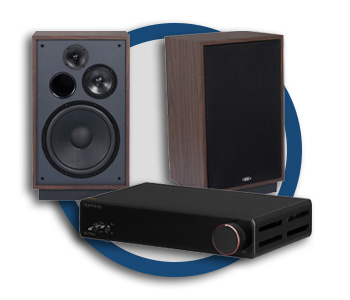
TOPPING PA7 PLUS 2x 245W 4 Ohm + ELTAX MONITOR MTR 1959 200W 90db 40Hz-22kHz
This combo delivers powerful sound reproduction, even in very large rooms. As the speakers have a sensitivity of 90dB and a power handling capacity of 200W, you should be careful not to use the amplifier to its full capacity, as this could damage the speaker coils. However, this can be a very good choice, as the amplifier will never work at full power, even to exploit the full capacity of the speakers.
Class D Amplifier Topping PA7 Plus 3 way Speakers Eltax Monitor MTR 1959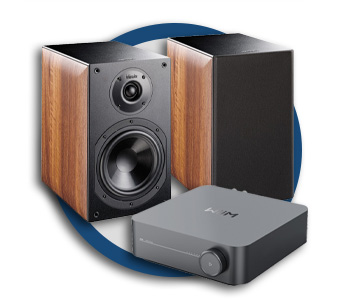
WIIM AMP 2x 100W 4 Ohm + Indiana Line NOTA 260 X 100W 4-8 Ohm 90dB 44Hz-22kHz
The association of the Wiim Amp and Indiana Line Nota 260 X speakers produces a sound powerful enough to fill a room of over 30m². The speakers' 100 Watts of power and 90dB sensitivity make them easy to drive with many amplifiers.
Network Amplifier WiiM AMP Bookshelf Speakers Indiana Line Nota 260 X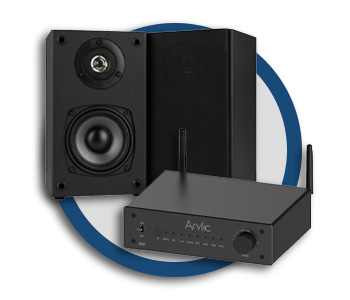
Arylic B50 2x 50W 4 Ohm + Dayton Audio B452 2x 30W 6 Ohm 84dB 85hz - 20kHz
The 2x 50W into 4 ohms delivered by the Arylic B50 is perfect for driving speakers with 30W power handling and 6 ohms resistance. In fact, the amplifier's extra watts make up for the higher 6-ohm resistance of Dayton Audio B452 speakers with 30W power handling.
Amplifier Arylic B50 Bookshelf Speakers Dayton Audio B452Rechercher dans le blog
Blog categories
Latest Comments
Audiophonics Team
on DIY Tutorial - PiCorePlayer - Installing...Pierre Bommel
on Lecteur réseau Opensource : SolutionsPierre Bommel
on DIY Tutorial - PiCorePlayer - Installing...Audiophonics Team
on Tutorial DIY - Power cable ELECAUDIO CS-331B






























